Scotland’s Infamous Poltergeist, Bluidy Mackenzie
The Mackenzie Poltergeist is the most well-documented paranormal phenomenon in the world.
Hundreds of people have reported being attacked by ghosts at Greyfriars Kirkyard in Edinburgh, Scotland. The most sinister of these specters is Sir George MacKenzie, a 17th-century Scottish lawyer and legal writer. Sir George is also known as Bluidy Mackenzie, the Mackenzie Poltergeist, and the Persecutor of the Covenanters.
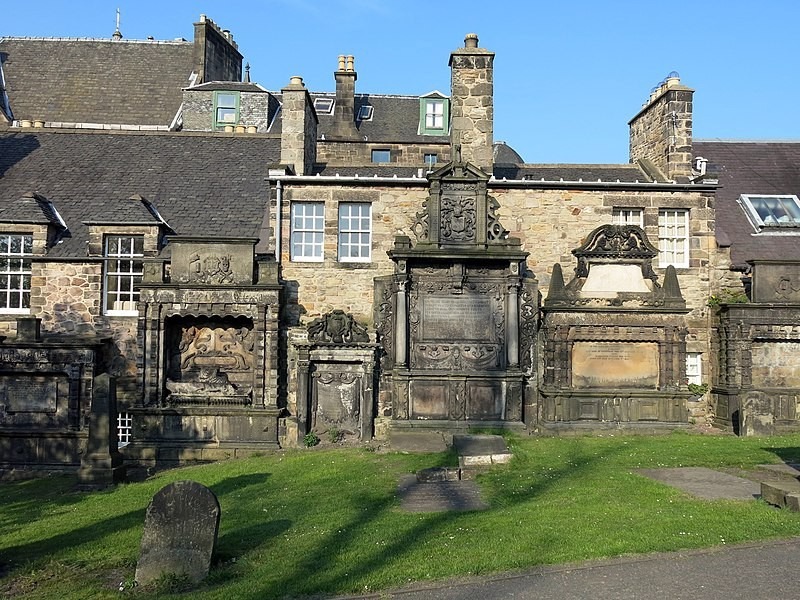
Greyfriars Kirkyard. Photo courtesy of Wikimedia Commons.
The covenanters supported a Presbyterian Church of Scotland free from the political and religious interference of the Stuart kings. In 1637 King Charles I introduced the Book of Common Prayer with the declaration that opposition to the new Episcopalian liturgy would be treason.
In protest, thousands of covenanters signed the National Covenant or Confession of Faith in Greyfriars Kirk in 1638 affirming, “before God and the whole world, that this only is the true Christian faith and religion, pleasing God, and bringing salvation to man.”
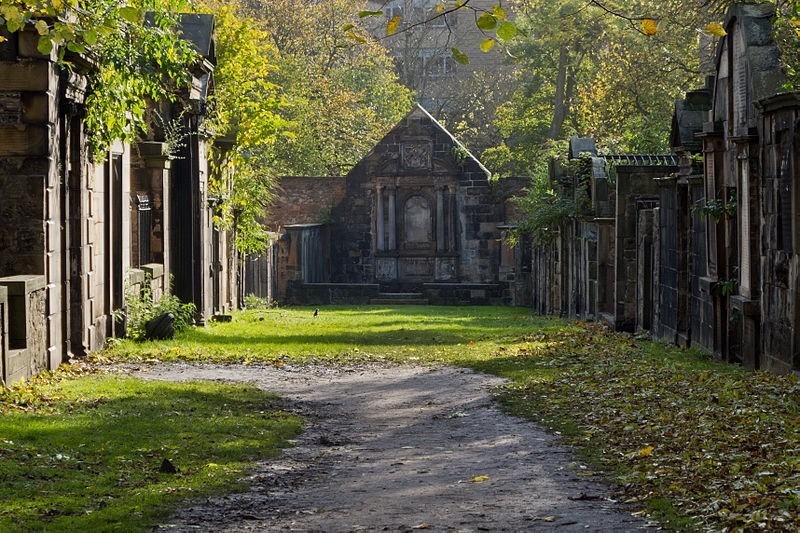
Another View of Greyfriars. Photo by Carlos Delgado.
The consequence was their continuous and escalating persecution by the government, culminating in the Battle of Bothwell Bridge in June 1679. (There’s no reliable record of the number of casualties on either side.)
In 1677 Sir George Mackenzie was appointed Lord Advocate (Scotland’s Chief Prosecutor) and tasked with enforcing the ongoing persecution of the covenanters. He took his job very seriously. Following the 1679 battle, Mackenzie imprisoned about 1200 covenanters in a three-acre field next to Greyfriars Kirkyard now known as Covenanters’ Prison.
It has also been called the first concentration camp. The prisoners were confined outdoors for upwards of four months while awaiting trial. Their food was rationed to 4 ounces of bread a day, causing many of them to die of malnutrition. Others were executed or succumbed to exposure, disease, and despair. (It’s only fair to mention that covenanters could be released if they swore an oath of loyalty to the king.)
By mid-November, about 250 prisoners remained in Greyfriars. The “fortunate” few were sent to Virginia as slaves. However, their ship sank in a storm, and only about 60 of them survived. Bluidy MacKenzie himself died in 1691, and his remains were entombed in the Black Mausoleum at Greyfriars Kirkyard, near Covenanter’s Prison.
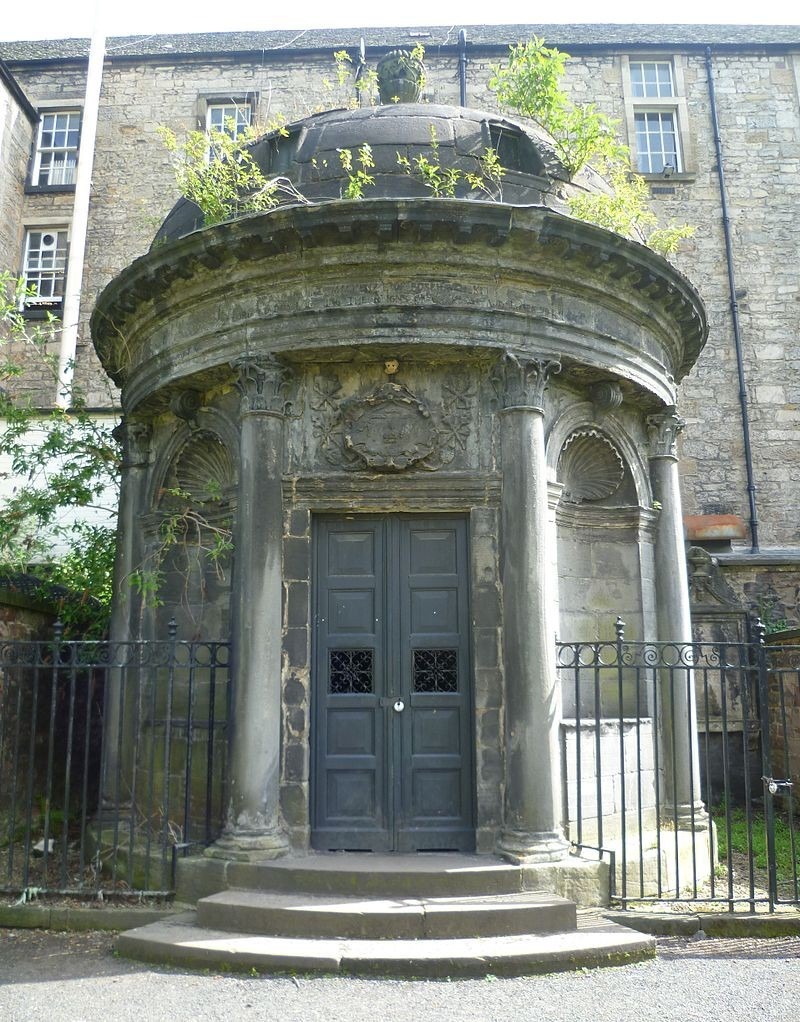
Black Mausoleum. Photo by Kim Traynor.
It’s believed that MacKenzie assumed the form of the MacKenzie Poltergeist in 1999 after a vagrant vandalized the Black Mausoleum. Since then, there have been sightings of a white figure or an unidentified shape feared to be MacKenzie’s apparition, as well as unexplained knocking noises inside and underneath the mausoleum. Cemetery visitors have been cut, burned, and bruised by an unseen entity. One or two have even claimed to be possessed.
The area has been exorcised twice — unsuccessfully. According to the Scotsman, the Mackenzie Poltergeist is the “most well-documented paranormal phenomenon in the world.”
The Black Mausoleum is now inaccessible to the public except through guided tours.

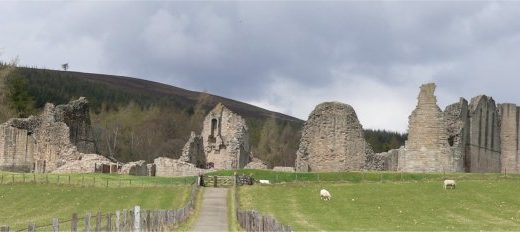

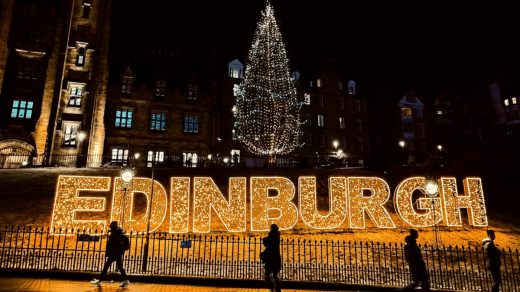
fascinating!
awe thanks Mary xx
Nice blog..
Do visit to my blog and follow it if you…
I already have, wow you have talent x thanks for following me..